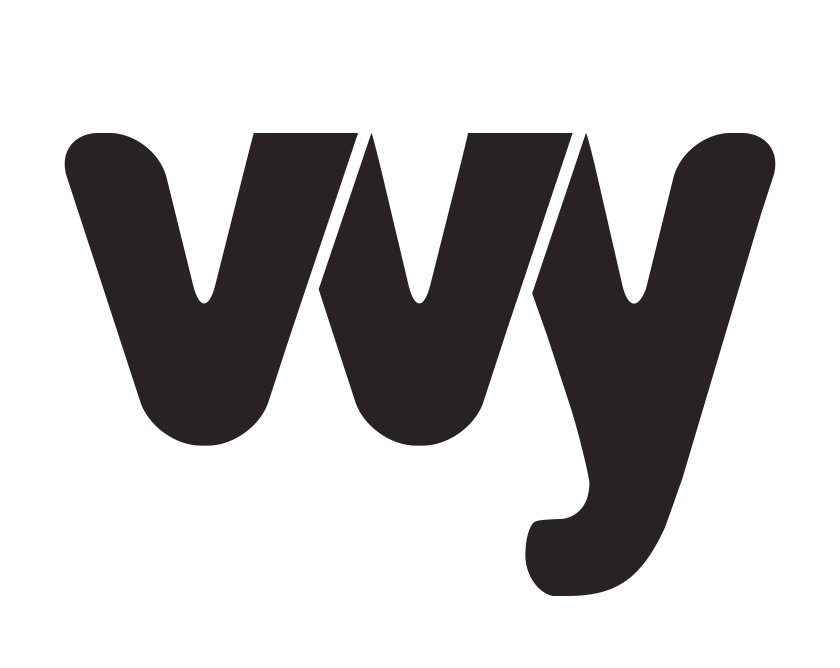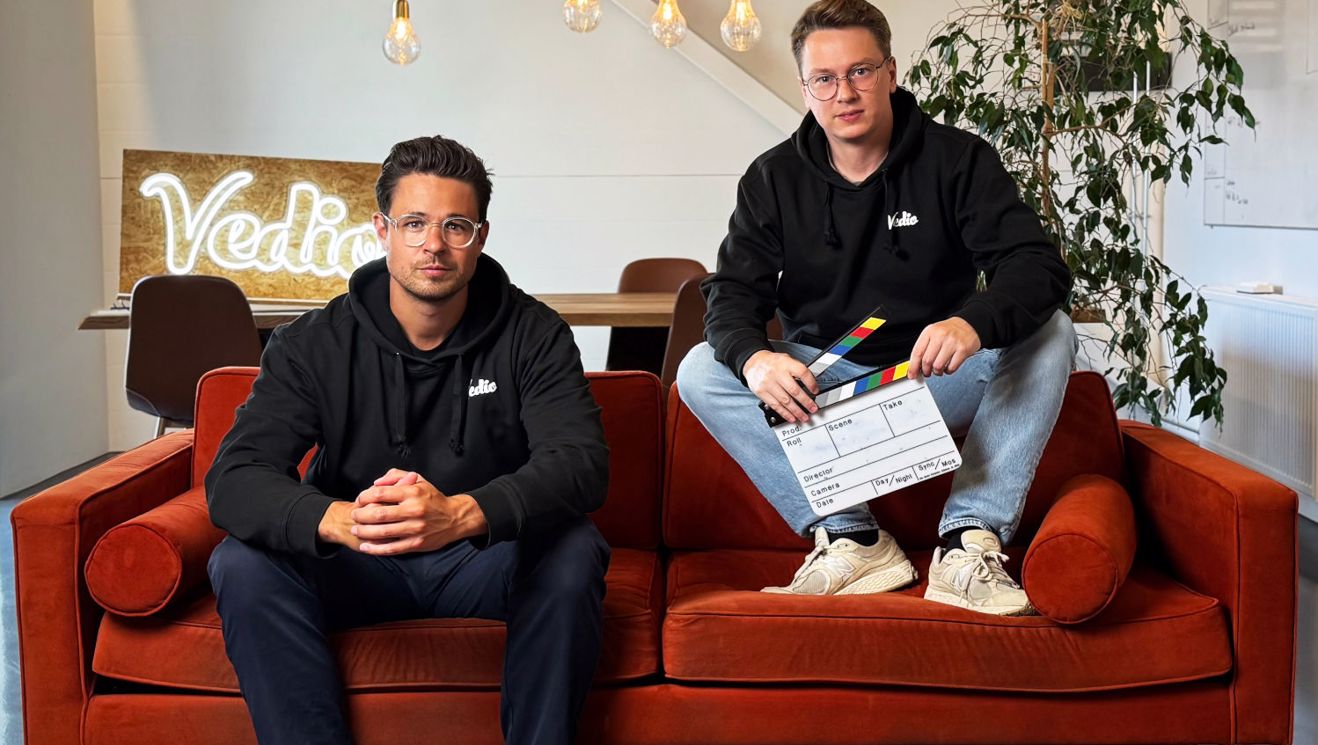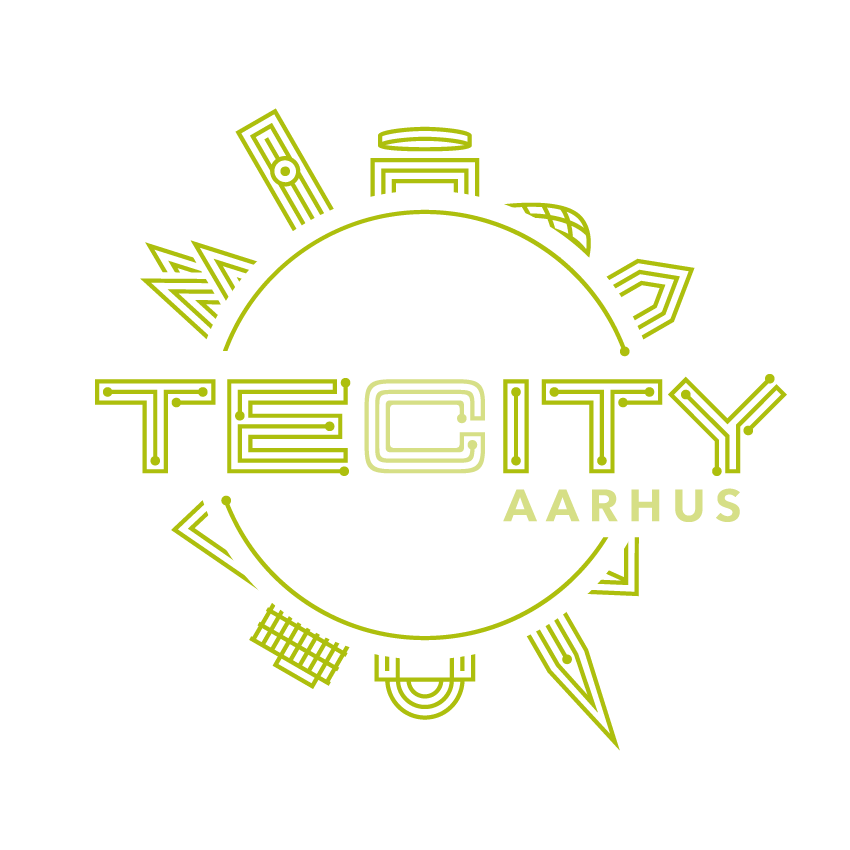Video startup tweaks strategy and focuses razor-sharp on new platform solution: “We had hit a ceiling”


It began as a promise to those who don’t normally have access to expensive equipment and large production teams: with Vedio, small businesses could get professional video material quickly, easily and at a price they could afford. The business model was a kind of light version of the classic agency, where customers submitted their own footage and the Vedio team took care of editing and delivering finished videos. But as demand grew, so did the bottleneck.
“We had hit a ceiling. Even though the demand was there, we couldn’t take on more customers without burning out. We needed a product that could stand on its own two feet,” says Vedio co-founder Victor Ipsen Wolthers.
Now Vedio is taking the leap from creative service agency to tech startup, building a combined SaaS platform and marketplace where brands and freelancers meet directly and where Vedio’s role is to support the relationship – not manage it. The ambition is big: just as Shopify made e-commerce possible for everyone, Vedio wants to do the same for video production.
Want to create a scalable platform
Vedio was born out of a concrete frustration. Producing high-quality video content was far too cumbersome and expensive. Especially for small businesses and marketing teams without in-house content creators. Founders Victor Ipsen Wolthers and Casper Holmenlund created a simple solution where users recorded their own video and uploaded it to Vedio’s platform. From there, the team took over, edited the material and delivered a production-ready result. Things quickly took off. Within a short time, they reached DKK 100,000 in monthly recurring revenue.
But the success also revealed the limitations. With each new customer came more handheld work. The founders themselves were doing the work, and although they were building workflows and guides, capacity was not growing at the same rate as demand. It was clear that the model could not scale without compromising quality or margin.
“Customers thought it was a platform, but in reality we were managing everything behind the scenes,” says Victor Ipsen Wolthers and continues:
“It wasn’t sustainable in the long run, neither for us nor for the business.”
The decision to shift the company from service to product was made in early 2024. They chose a new direction: instead of doing the editing themselves, Vedio would be the link between customers and a global network of freelance video editors. The handheld approach would be replaced with a marketplace model.
“We had to get away from the idea that everything has to go through us. Instead, we needed to build something that could live and grow on its own,” says co-founder Casper Holmenlund.
Today, the platform is under construction and pilot users are already testing the new setup. It’s no longer just a production company, but a digital infrastructure in the making.
New co-founder joins the team
With the strategic shift came a technological need that required new skills. To build a real platform, the founders brought in Anthony Ledru from France – first as CTO and shortly after he also became co-founder. He came with a background in digital product development and platform solutions and quickly became the technical engine that drove the transformation.
The platform, now live in its first version, offers dashboards for both customers and video editors. It handles file upload, feedback, payment, project management and delivery all in one place. The vision is to give users the same experience as well-known platforms like Upwork or Fiverr, but with a specialized focus on video.
“Anthony has enabled us to build a platform that we don’t just talk about, but actually works,” Casper Holmenlund explains and adds:
“It has changed our entire self-image. We’re not just an agency anymore, we’re a tech company.”
The technical setup is tailor-made and based on modern development principles: modular, scalable and with automation as the backbone. User journeys, speed and flexibility have been considered for both those who order video and those who create it.
“We are building a platform that in practice is our own workplace. This makes us very aware of what works and what doesn’t work for our users,” says Victor Ipsen Wolthers.
Scalability, community and future growth
With the transition to a marketplace, not only does the product change, but the entire business logic also changes. Instead of making money per edited video, Vedio now relies on a combination of transaction fees, subscription solutions and software access. It’s lower margins, but with huge volume potential.
“Previously, one customer meant one task that we had to solve ourselves. Now one customer can generate hundreds of tasks,” says Casper Holmenlund.
One of the key ambitions is to make Vedio more than just a tool, it should be a community. The platform should not only match customers and editors, but also be a place where both parties can become more skilled. Tutorials, inspiration, templates and creative trends are built into the product and the goal is to create an environment where users feel part of something bigger.
“We want to be the place where companies get their video content created from the first shot until it’s posted on TikTok or LinkedIn,” explains Victor Ipsen Wolthers.
Although Vedio has been running without external capital until now, the door is not closed. If the right investor comes with the skills and capital to accelerate rollout and marketing, the team is ready.
“We don’t need funding to finish building the platform. But if we want to grow fast and internationally, it can make sense. It’s not about money. It’s about pace and timing,” says Casper Holmenlund.
Indlægget Video startup tweaks strategy and focuses razor-sharp on new platform solution: “We had hit a ceiling” blev først udgivet på TechSavvy.
